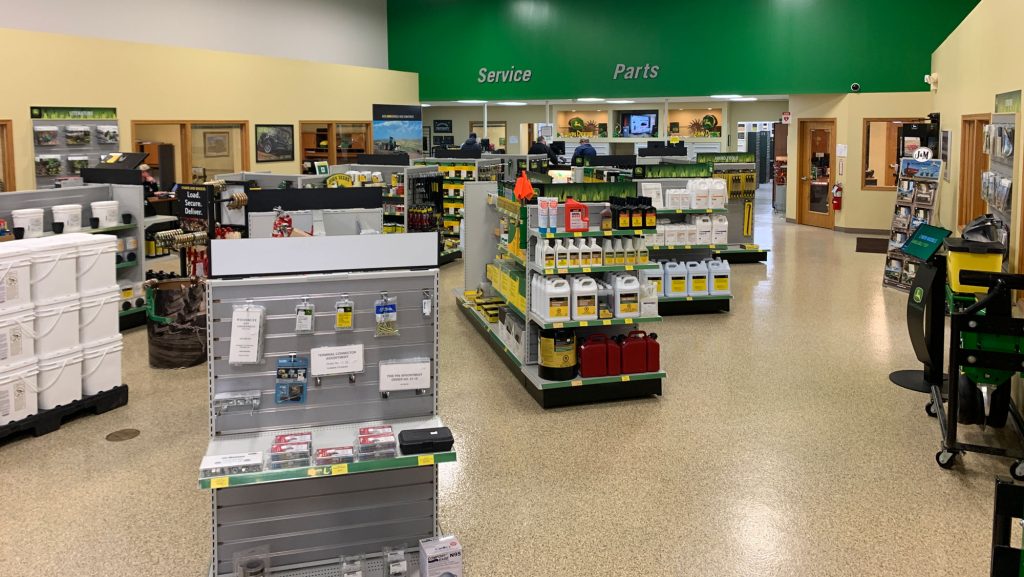Mastering auto repairs requires a comprehensive understanding of the intricate world of automotive parts catalogs and repair guides. This journey into mastery begins with an exploration of the auto parts catalog, a treasure trove of information that serves as the backbone for any successful repair endeavor. Within these catalogs, one discovers a vast array of components, each meticulously detailed with specifications, part numbers, and compatibility information. This wealth of knowledge empowers a mechanic to identify, source, and replace faulty parts with precision, ensuring the vehicle’s optimal performance. Navigating the labyrinth of auto parts catalogs demands not only technical acumen but also a keen eye for detail. Aspiring masters must grasp the nuances of various manufacturers, models, and years to accurately pinpoint the required components. This proficiency is indispensable, as even a minor oversight can lead to the misapplication of parts, compromising the repair process and potentially causing further damage. The mastery of deciphering these catalogs is akin to reading an automotive language that transcends traditional boundaries, enabling a mechanic to converse fluently with the intricate machinery they are entrusted to mend.

In tandem with parts catalogs, repair guides emerge as indispensable companions on the path to mastery. These guides serve as comprehensive roadmaps, providing step-by-step instructions, troubleshooting tips, and detailed schematics to unravel the complexities of automotive repair. A mastery of these guides elevates a mechanic beyond mere wrench-turning, transforming them into diagnostic virtuosos capable of addressing a spectrum of issues with finesse. The intricate dance between hands-on experience and theoretical knowledge laid out in repair guides lays the foundation for a mechanic’s expertise. A crucial aspect of mastering auto repairs lies in the symbiotic relationship between parts catalogs and repair guides. The ability to seamlessly integrate information from both sources amplifies a mechanic’s efficiency, enabling them to diagnose, order parts, and execute repairs with unparalleled precision. The synergy between these tools is akin to a symphony, with each component playing a unique role in achieving harmonious results.
To master this art, one must cultivate a holistic understanding of the interplay between components, systems, and the intricate dance of mechanical symphony. Continuous learning and adaptability are the keystones of mastering the john deere parts catalog landscape. As technology evolves and new vehicles roll off the production line, the adept mechanic must stay abreast of the latest updates in parts catalogs and repair guides. The pursuit of mastery in auto repairs is a dynamic, ever-evolving journey that demands a commitment to staying at the forefront of industry knowledge. In conclusion, delving deep into auto repairs through the mastery of parts catalogs and repair guides is a transformative journey. It is a pursuit that demands a meticulous eye, technical acumen, and an unwavering commitment to continuous learning. By embracing the intricacies of these resources, a mechanic transcends the realm of basic repairs, ascending to the echelons of mastery where every vehicle presents an opportunity for expertise to shine.
